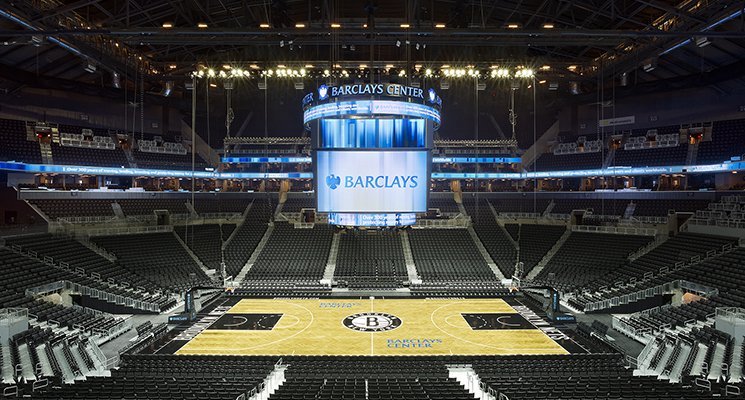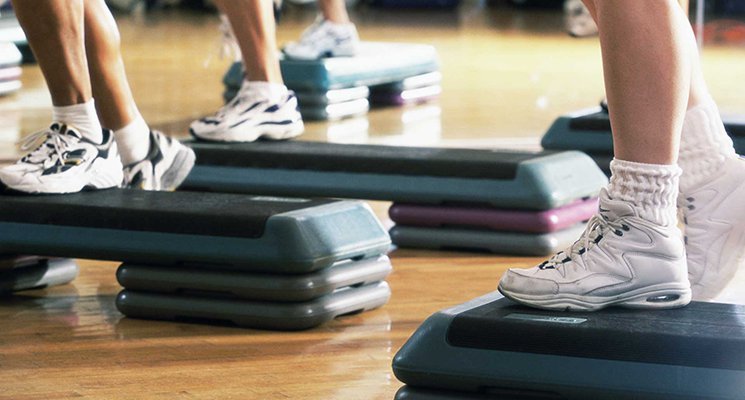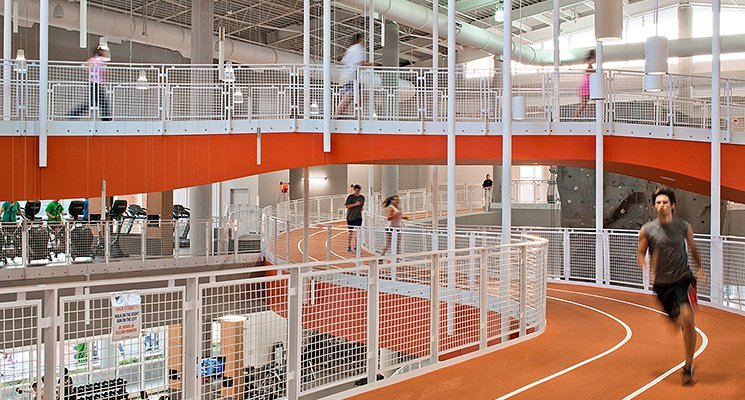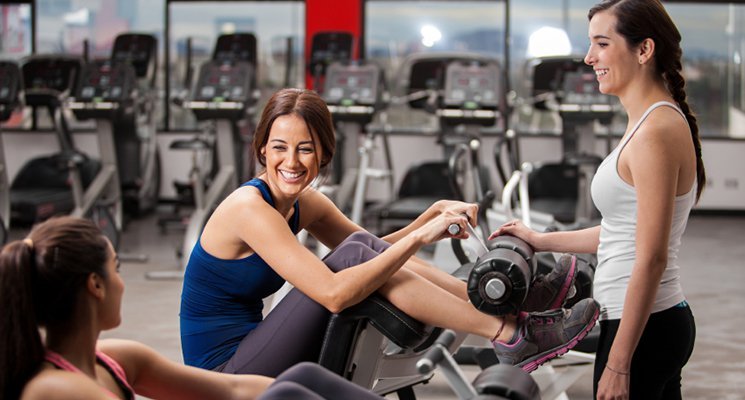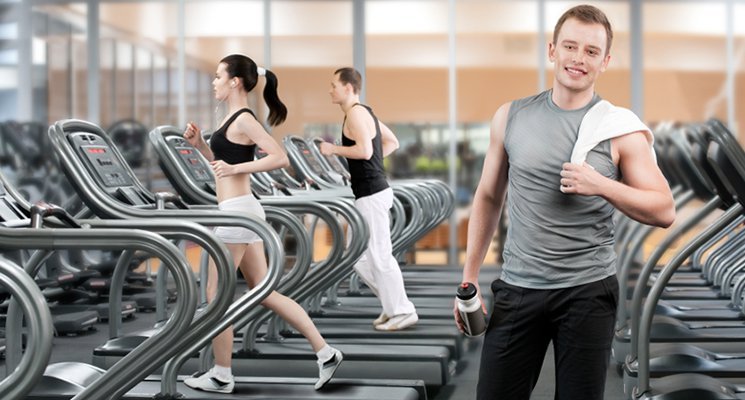In this digital age, it’s possible to go for days without seeing another person and still be in constant contact with others. Texting, emailing, social media, video-chatting: All which create a level of communication unheard of in previous decades. But guess what? Health club members still prefer in-person interaction with staff than communication via technological device.
A study in the recently published IHRSA Member Retention Report, lays out the details on this topic. Conducted in partnership with The Retention People, IHRSA’s study draws on survey responses from more than 10,000 health and fitness members in the U.K., who answered questions about their exercise habits and membership behavior between July and September 2013. The survey showed that an overwhelming 87 percent of respondents value interactions with fitness staff. The clincher? Less than half—43 percent—of respondents feel they have such interactions.The other clincher? Despite everything you constantly hear about how crucial it is to have an effective social media campaign—to get out there on Facebook, Twitter, and Instagram, to try to speak personably and familiarly with members via those platforms—only 34 percent of respondents said they value social media updates. Almost twice that number—65 percent—said they value receiving emails.
Considering the numbers, it’s worth devising a strategy for increasing face time between staff and members in your own health venue. This goes for sports facilities, too. The nature of the exercise business is interdependence—whether you’re talking gym, niche studio, or batting cages. Members depend on trainers, instructors, front desk folk, and support staff, and vice versa. So anything you can do to foster interdependence is going to result in a happier customer base—which, in the long run, means better retention, more word-of-mouth advertising, four-and-five star ratings on social media, and ultimately more members.
How do you make interactions between staff and members the norm at your facility? Make proactive interactions a requirement for the job: Staff should know, even before they’re hired, that you have high expectations for warm, interpersonal, and in-person communication with members on a daily basis. Have a greeter at the door, and give them a script that includes introducing him or herself by name, welcoming members, shaking their hands, and offering to help them with anything they need. Instruct front-desk staff to smile and to try to learn members’ names. Trainers and class leaders should also learn members’ names and should go out of their way to talk to members. In the weight room and cardio court, and on the ground at sports facilities, they should circulate and check in with members, ask how they’re doing and whether they need anything.
As for out-of-club communications, remember almost twice the number of survey respondents prefer email to social media interaction. Maybe it’s time to step back from your social media activity and refocus on effective emailing; the more personal the better. Consider a gym management software that allows for direct email blasts and the ability to group clients into categories. For example, create an email group called “New members” to track clients who have just signed up. Then, devise an email campaign where your staff sends a “checking in” email once a month for the first few critical months of the client’s membership.
Service of this sort takes your club or sports facility to the next level. If members feel you truly care about them, they’ll be coming back and telling their friends to do the same.








